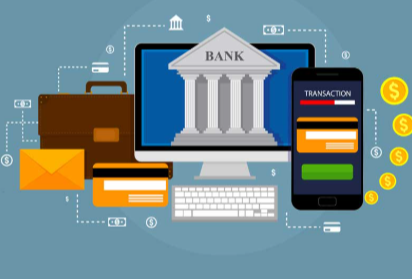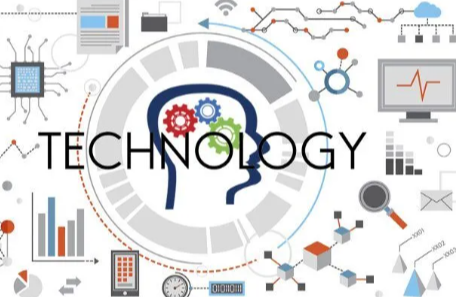The banking sector is undergoing a significant transformation driven by technological advancements. Mobile banking and digital wallets are enhancing user convenience, while blockchain technology is improving transaction security and reducing operational costs. Artificial intelligence plays a pivotal role in customer service and fraud detection, further streamlining processes. As these innovations evolve, they raise critical questions about their long-term impact on financial literacy and consumer empowerment in an increasingly digital landscape.
The Rise of Mobile Banking and Digital Wallets
As consumers increasingly seek convenience and efficiency in their financial transactions, the rise of mobile banking and digital wallets has transformed the banking landscape.
Recent data indicates that mobile payment trends have surged, with a projected annual growth rate of 23.8% through 2025. This shift reflects a growing demand for seamless user experiences, where transactions can be completed with just a few taps on a smartphone.
Digital wallets enhance accessibility and streamline payments, catering to a generation that values speed and flexibility. Banks and fintech companies are investing heavily in user interface design and security features to optimize customer satisfaction.
As these technologies evolve, they empower consumers, offering them greater control over their financial activities and fostering a sense of autonomy in managing their finances.
Read more: The Benefits of Using Open Source Software
Blockchain and Its Impact on Transaction Security
The integration of mobile banking and digital wallets has heightened the need for robust security measures, making blockchain technology increasingly relevant in the banking sector.
Blockchain offers a decentralized framework that enhances transaction security through cryptographic methods, reducing the risk of fraud and unauthorized access. Smart contracts facilitate automated, secure transactions without intermediaries, streamlining processes while maintaining transparency.
Furthermore, decentralized finance (DeFi) leverages blockchain’s capabilities to create trustless environments, empowering users with greater control over their assets. Data indicates that implementing blockchain can decrease transactional costs by up to 30%, underscoring its potential impact on the banking landscape.
As financial institutions adapt to these advancements, the emphasis on security will likely redefine customer relationships and operational efficiencies.
Artificial Intelligence in Customer Service and Fraud Detection
While financial institutions increasingly leverage artificial intelligence (AI) to enhance customer service and strengthen fraud detection mechanisms, the impact of these technologies is profound.
AI-driven chatbots demonstrate remarkable efficiency, providing instant responses to customer inquiries and significantly reducing wait times. According to recent studies, institutions employing AI chatbots have seen a 30% increase in customer satisfaction.
Furthermore, predictive analytics plays a pivotal role in identifying potential fraud patterns by analyzing vast datasets in real-time. This proactive approach allows banks to mitigate risks before they escalate, safeguarding both assets and reputations.
Collectively, these advancements not only streamline operations but also empower customers, fostering a sense of autonomy in managing their financial affairs while enhancing security measures in an increasingly digital landscape.
Enhancing Financial Literacy Through Technology
With the rapid advancement of digital technologies, financial literacy has become more accessible, enabling individuals to make informed decisions about their finances.
Platforms offering financial education have proliferated, utilizing interactive tools like budgeting apps and online courses to engage users effectively. Data indicates that interactive learning significantly enhances retention rates compared to traditional methods, empowering individuals to grasp complex financial concepts.
Moreover, gamification elements in these tools encourage participation, fostering a culture of continuous learning. By democratizing financial knowledge, technology not only equips users with essential skills but also cultivates a sense of autonomy in managing their finances.
As a result, enhanced financial literacy through technology serves as a crucial step toward economic freedom and informed consumer behavior.
Conclusion
As technology weaves its intricate tapestry into the banking sector, it symbolizes a new dawn of empowerment and transparency. Mobile banking and digital wallets serve as keys unlocking financial autonomy, while blockchain stands as a fortress safeguarding trust. The sentinel of artificial intelligence enhances customer interactions, illuminating paths to security and efficiency. Together, these innovations not only reshape transactions but also redefine the very essence of financial literacy, nurturing a generation equipped to navigate the complex landscape of personal finance.



